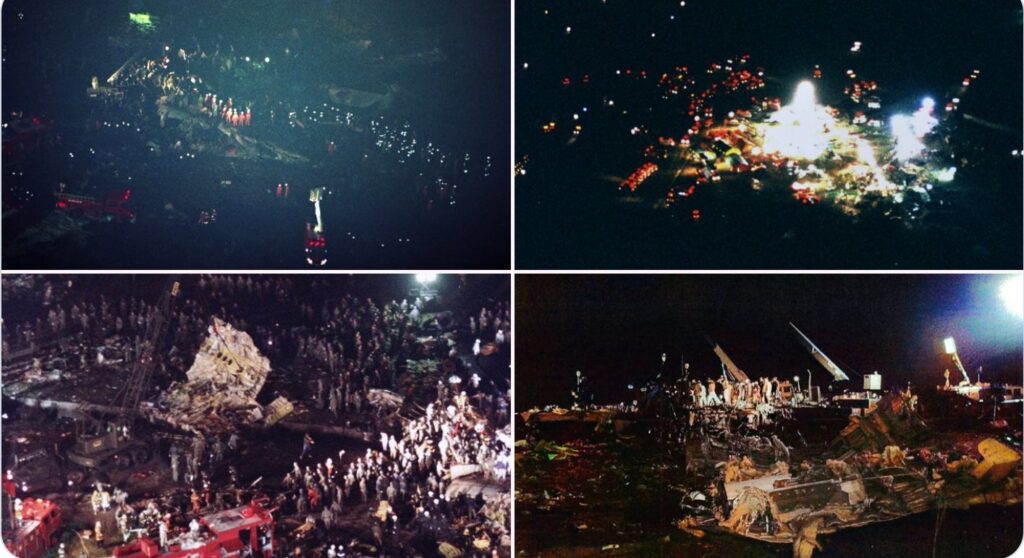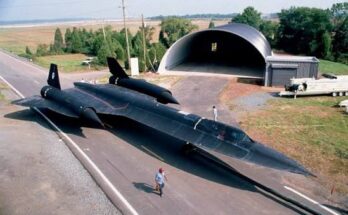
Tragedy in Nagoya: The 1994 Crash of China Airlines Flight 140
On April 26, 1994, a devastating aviation disaster unfolded at Nagoya Airport, Japan. China Airlines Flight 140, an Airbus A300-600R, was nearing the end of its routine flight from Taipei, Taiwan, to Nagoya when tragedy struck. Of the 271 passengers and crew on board, 264 lost their lives, marking one of the deadliest aviation accidents in Japan’s history and the worst involving an Airbus A300 at that time.
Flight 140 departed Taiwan Taoyuan International Airport (then called Chiang Kai-shek International Airport) at around 8:53 PM local time. The flight had been normal and uneventful for most of its journey. On board were a mix of Taiwanese nationals, Japanese travelers, and other international passengers, many of whom were returning home or traveling for business and leisure. The crew, including Captain Wang Lo-chi and First Officer Chuang Meng-jung, were both experienced pilots.

As Flight 140 approached Nagoya, preparations for landing began. The weather was reported to be favorable — no significant storms or heavy winds were present. However, during the final approach, a sequence of errors unfolded that led to catastrophic consequences.
The initial problem arose when the crew inadvertently activated the aircraft’s “go-around” mode — a system designed to help pilots safely abort a landing and climb away from the runway if necessary. Normally, pilots would disengage the autopilot and manually fly the aircraft when performing a landing. In this case, when the go-around mode was activated, the autopilot began to increase engine thrust and pitch the nose of the plane upwards to initiate a climb.
Rather than disengaging the go-around mode properly, the pilots attempted to manually override the automation. They pushed the control yoke forward to counteract the plane’s nose-up attitude, but the autopilot fought back, causing confusion and control difficulties.

The plane’s nose continued to pitch up excessively, leading to a dangerous situation known as an aerodynamic stall — where the wings lose lift and the aircraft begins to fall. Warning systems, including stall alarms and audible alerts, activated in the cockpit. Despite the pilots’ efforts to recover, it was too late. The A300 plummeted from the sky and crashed onto the runway area at Nagoya Airport.
The impact was catastrophic. Rescue workers arrived quickly, but the destruction was extensive. Fires broke out amid the wreckage, making the rescue operation even more challenging. Tragically, only seven people survived the crash, most with severe injuries.
Subsequent investigations revealed that a major factor in the crash was the crew’s improper handling of the automated systems. The report criticized the lack of adequate training in managing complex automated flight systems, as well as human factors such as stress, fatigue, and poor communication between the captain and first officer. China Airlines and Airbus both reviewed and updated their training programs in response to the accident.
The tragedy of Flight 140 left a deep scar in both Taiwan and Japan. It emphasized the need for better pilot training in the interaction between humans and increasingly sophisticated automation. In the years following the crash, airlines worldwide made significant changes to training programs, focusing more on cockpit resource management (CRM) and understanding aircraft automation.
Flight 140 stands as a somber reminder that even in an era of advanced technology, human understanding, communication, and judgment remain critical to aviation safety. Each year, many aviation professionals reflect on the lessons learned from the Flight 140 disaster to ensure that such a tragedy never happens again.



